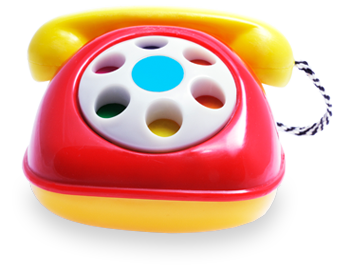During vertebral body tethering, small screws are placed in several vertebrae on the outside of the spine curve. Then, a flexible cord called a tether is attached to the screws and pulled tight. As your child grows, the tension placed on the spine by the tether helps it grow straighter. The spine is still able to bend and flex, allowing for a better range of motion than with other procedures like spinal fusion.
Learn how vertebral body tethering surgery works.
Spinal Fusion vs. Vertebral Body Tethering
Spinal fusion is another option for correcting scoliosis in children and teens and may be appropriate for children who do not meet the criteria for vertebral body tethering. During spinal fusion surgery, rods and screws are placed to stabilize the spine, and in many cases, two or more vertebrae are permanently fused together. The procedure is considered an open surgery. Because vertebral body tethering can be performed using minimally invasive techniques, there is less pain after surgery and shorter hospital stays. In additional, vertebral body tethering allows for more spine flexibility and a greater range of motion.

